When we talk about fighter aircraft, we often think of legendary machines: sleek, powerful, and utterly dominant. But for every F-16 or MiG-21, there’s a lesser-known, often embarrassing, chapter in aviation history – the failures. Not every design takes off to greatness. In fact, some barely took off at all, or if they did, they were so flawed they became infamous.
These are the aircraft that left pilots frustrated, engineers scratching their heads, and military strategists rethinking their entire approach. From concept to combat, they proved to be expensive blunders, mechanical nightmares, or simply baffling design choices. They serve as a powerful reminder that even in the high-stakes world of military aviation, mistakes happen.
So, buckle up, aviation enthusiasts, as we count down five of the worst fighter aircraft ever produced. Get ready to cringe, chuckle, and perhaps even feel a little bit sorry for these truly ill-conceived flying machines.
1. Yakovlev Yak-38
In 1967 the Brits were busy showing off their new Harrier Jump Jet. The Soviet Navy got real jealous and asked for their own VTOL plane. The Yakovlev design bureau accepted the challenge
In an effort to reduce weight, designers removed the radar and reduced fuel capacity, leaving the Yak with a short-range and pathetic combat capability. Needless to say, the Yak-38 wasn’t a great design, the only good feature was that it had an automatic ejector seat.
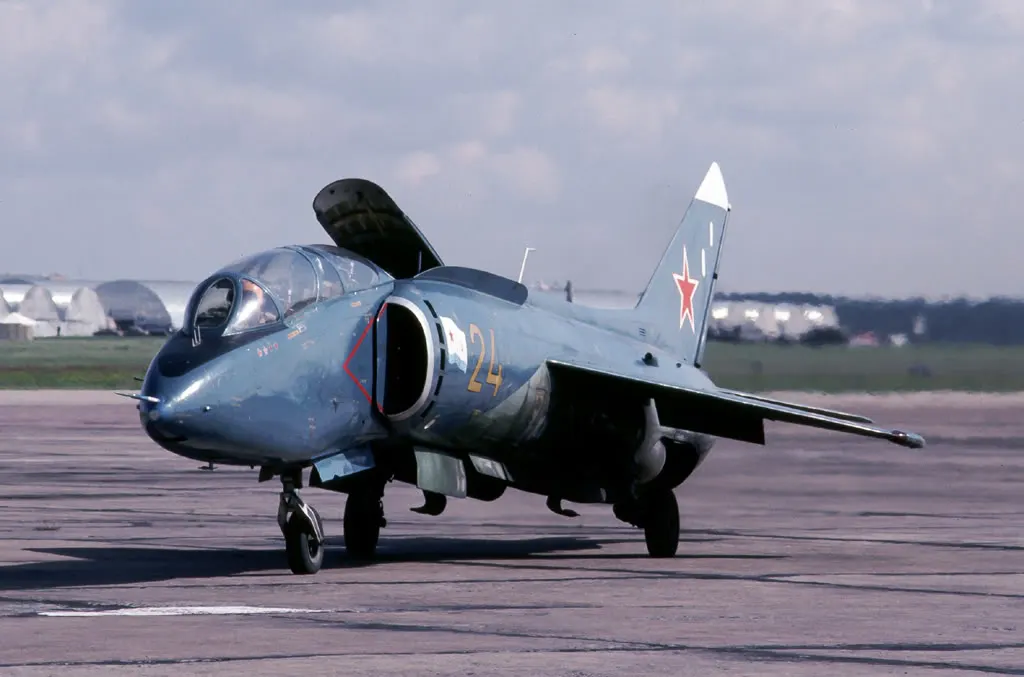
2. Blackburn Firebrand
Heavy, bulky and awfully inefficient, the Firebrand had a top speed of 340 mph despite having a 2520 hp engine, in comparison the P-51D Mustang reached a top speed of 440 mph with a 1700 hp Merlin-60. The cockpit in the Firebrand was also placed too low and too far back, giving pilot very poor forward vision and essentially no vision during takeoff and landing.
Test Pilot Eric Brown, who test flew and assessed over 470 types of aircraft, ranked the Firebrand as the most unpleasant.
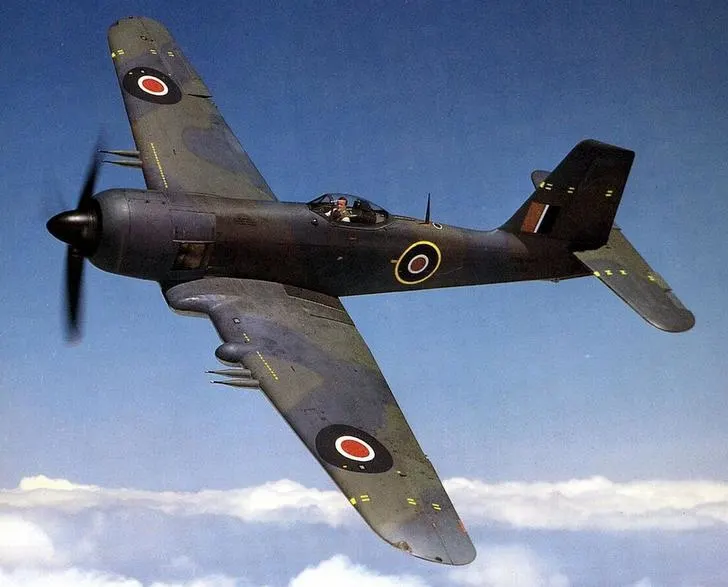
3. MiG-23
Unlike the MiG-21, the 23 was expensive, mechanically complex, and frowned upon by pilots who flew previous MiG Jets, which were all decent if not excellent.
The MiG-23’s supposed redeeming quality was that it had the ability to fire long-range missiles, but its radar was inferior to the American F-4 Phantom and F-106. It also only carried two (very unreliable) radar-guided missiles. In the end, the MiG-23 wasn’t completely useless or awful, but it was no better than it’s predecessors and did nothing to justify its cost and complexity.
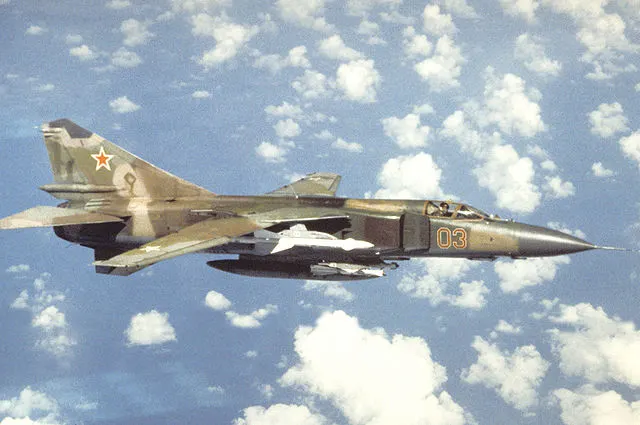
4. Convair F-102 Delta Dagger
Designed in the 1950s to shoot down Soviet Bombers, the F-102 Delta Dagger was a pathetic excuse of an interceptor. Due to its engine’s poor performance and aerodynamic design, the F-102 couldn’t even break the sound barrier when it was supposed to fly at 1.5 times the speed of sound.
Several major redesigns only resulted in minor improvements in performance, and in 1957 the Air Force got so sick of the countless changes to the F-102 that they basically asked for a new airplane.
5. Heinkel He 162
In 1944, Nazi Germany was running out of planes, resources and time. Hitler’s genius solution to this problematic situation was to build volksjagers, which means ‘People’s fighter.’ This plane was supposed to be built by common folks with plywood and glue, so that airplane factories only needed to produce the engine and thus save time.
You do not need to be an engineer to figure out that letting untrained people build fighter jets out of glue and plywood wasn’t such a good idea.
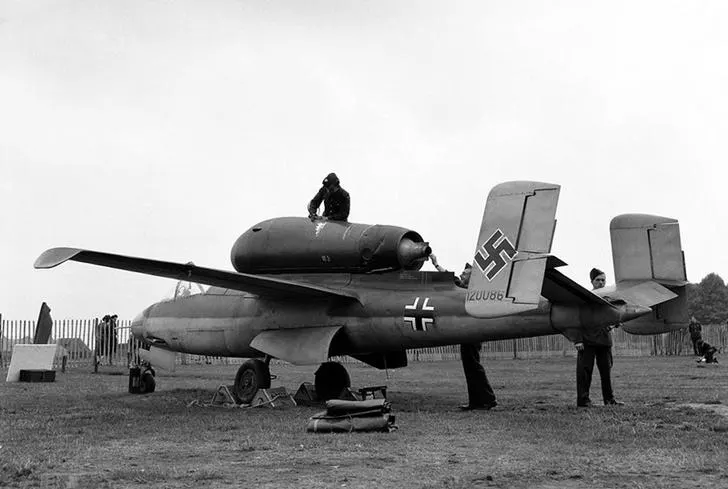
There you have it – a rogues’ gallery of the skies! While these five aircraft might not win any awards for their performance or design brilliance, they certainly offer a unique perspective on the challenges and occasional missteps in the constant pursuit of aerial superiority. From the ambitious but flawed VTOL dreams to the desperate wartime measures, each of these “worst” fighter aircraft tells a fascinating story of ingenuity, frustration, and the relentless evolution of aviation technology.
Did we miss any of your infamous duds? What do you consider the absolute worst fighter aircraft ever produced? Let us know in the comments below! And if you enjoyed this journey through some less-than-stellar flying machines, be sure to check out our other aviation content!

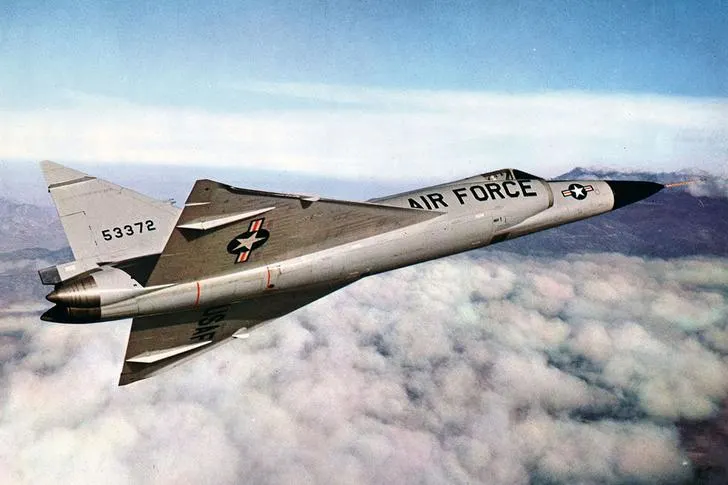







The MiG 23 is not worst. In an accident they spotted the MiG 23 flies 900km in autopilot mode and then crashed at Belgium
The MiG 23 was a very successful aircraft and an improvement in many respects over earlier types. So this piece is just plain wrong.
the firebrand was a nasty aircraft to fly work but it was used as a strike aircraft , not an flighter, despite its name.
he 162 was great at time era
The avro lancaster is a very horrible plane. crews were expected to last a couple weeks.
…seems unfair (to me) to include the Heinkel in this list…it was never put into mass production and was, more or less, a desperate experimental attempt at what would’ve been a disposable aircraft.
The F-102s engine was the venerable, powerful, reliable, and ubiquitous J57 — a very successful and groundbreaking powerplant in the 1950s that powered many commercial aircraft and bombers (without afterburner) and fighters (with afterburner.) The engine’s performance was not “poor” but world class at the time it was made. Installing the engine in a draggy poorly designed airplane that needed more power does not make the engine performance poor. The airplane it should have been was the F-102’s replacement, the F-106, that used the J57’s big brother J75 for a powerplant and had a streamlined airframe that would go Mach… Read more »